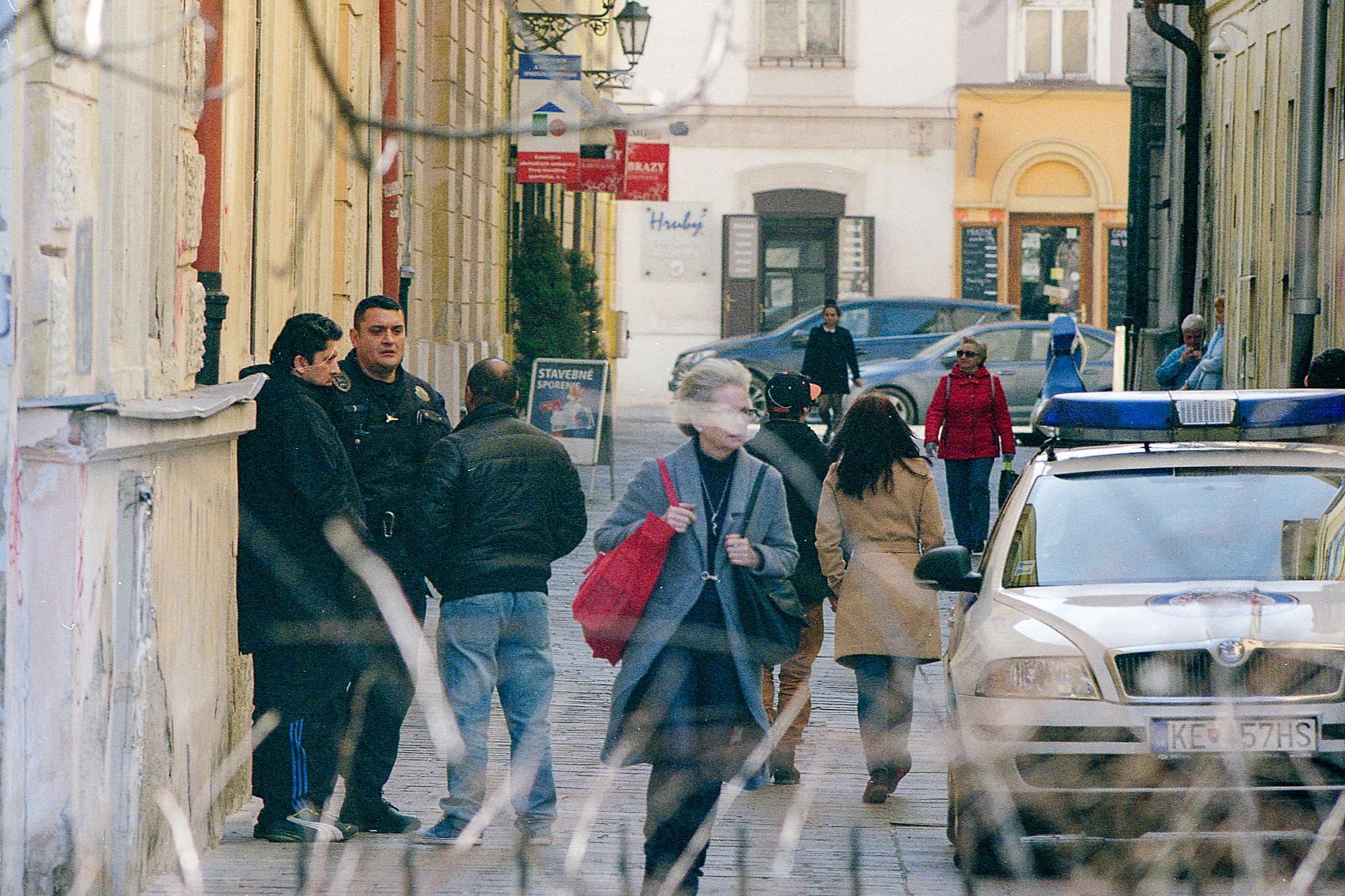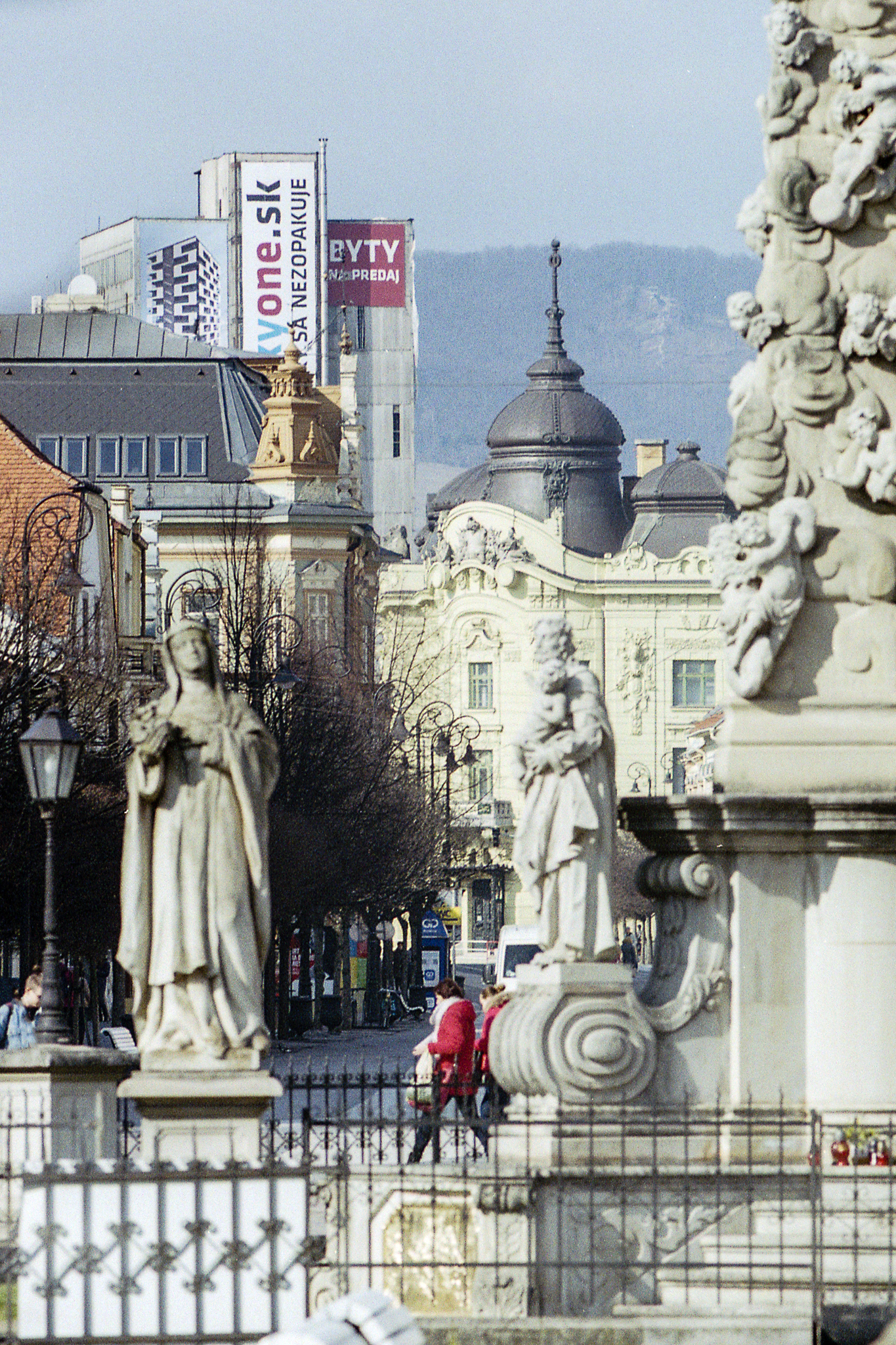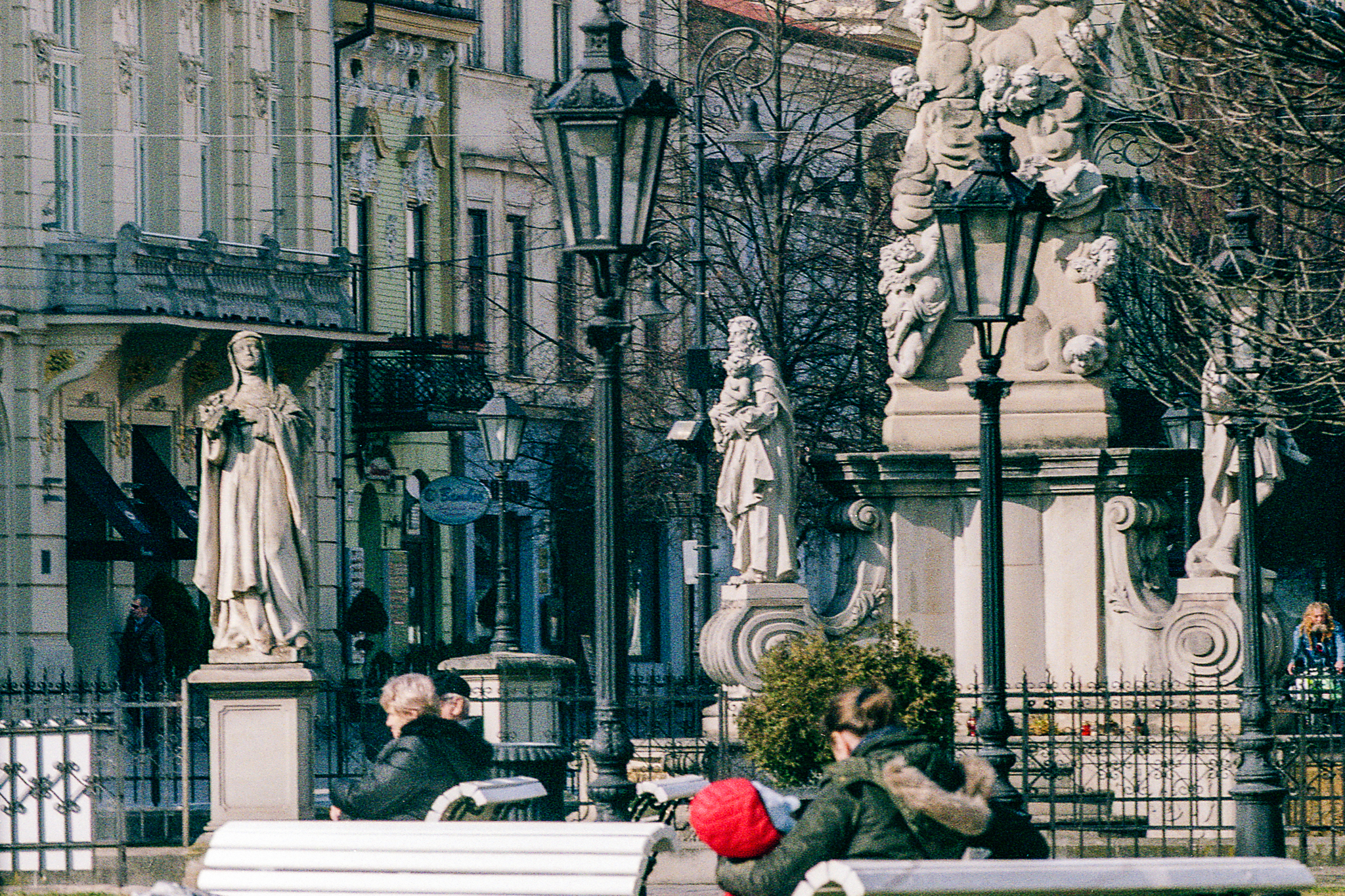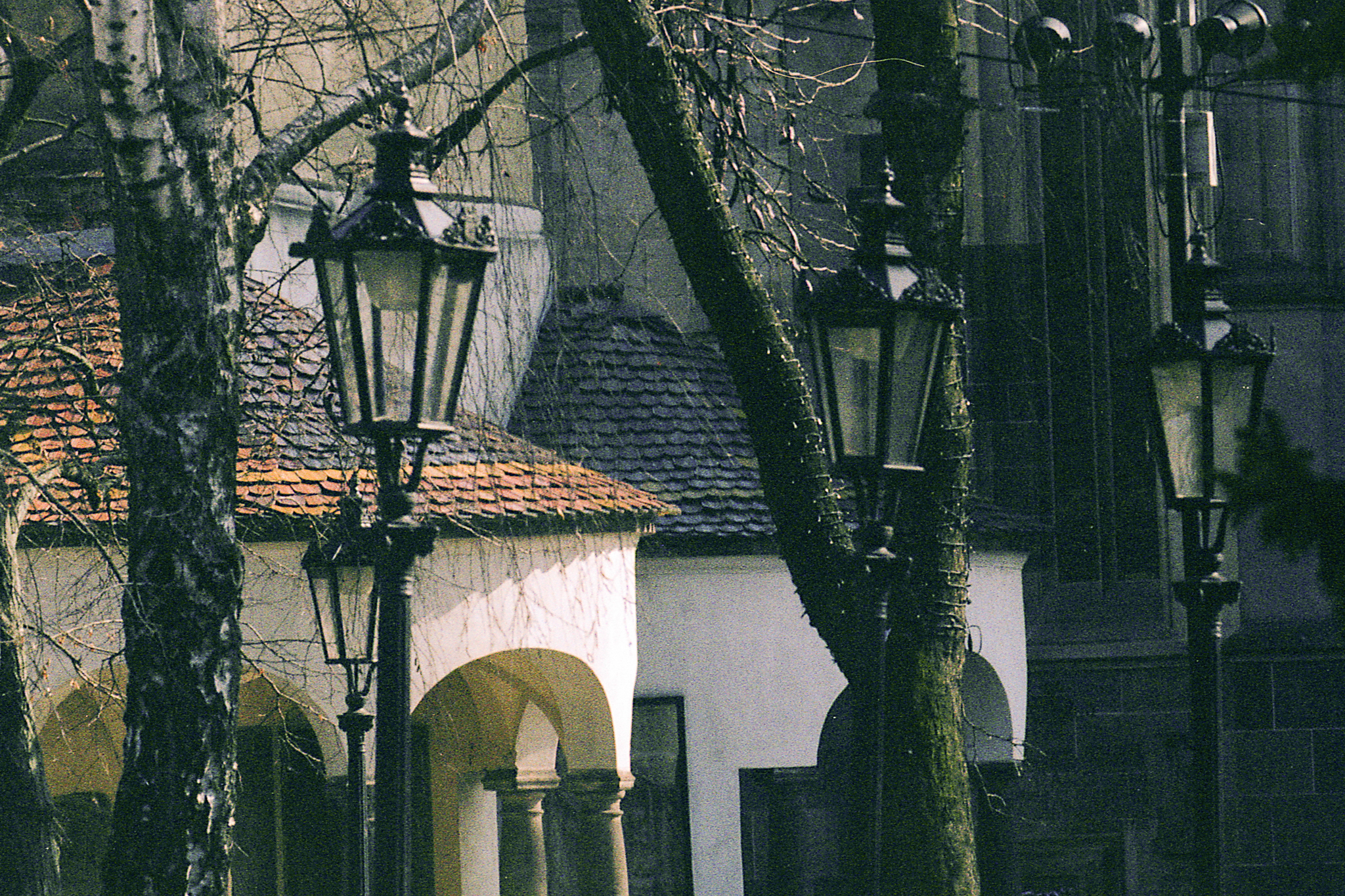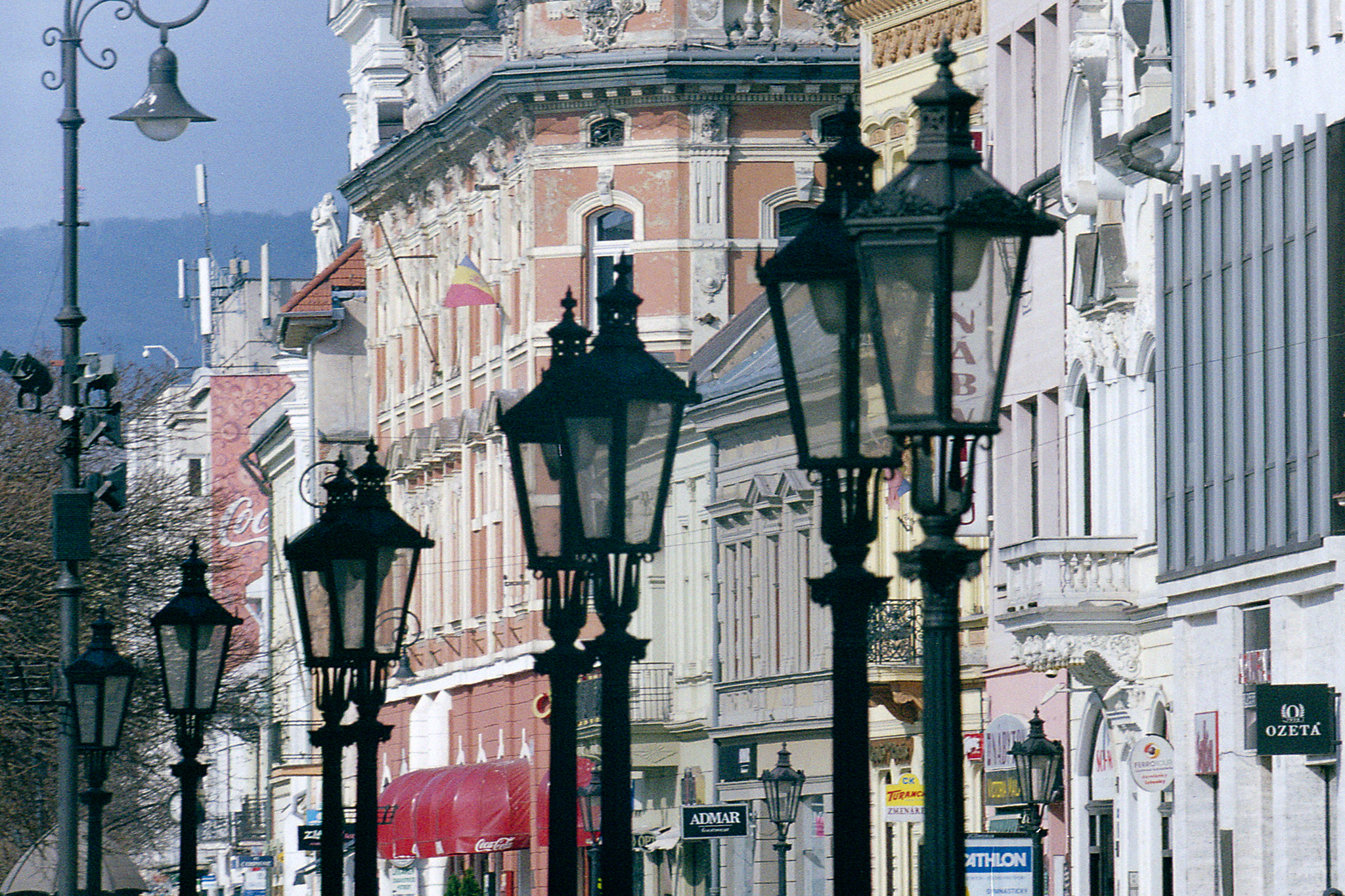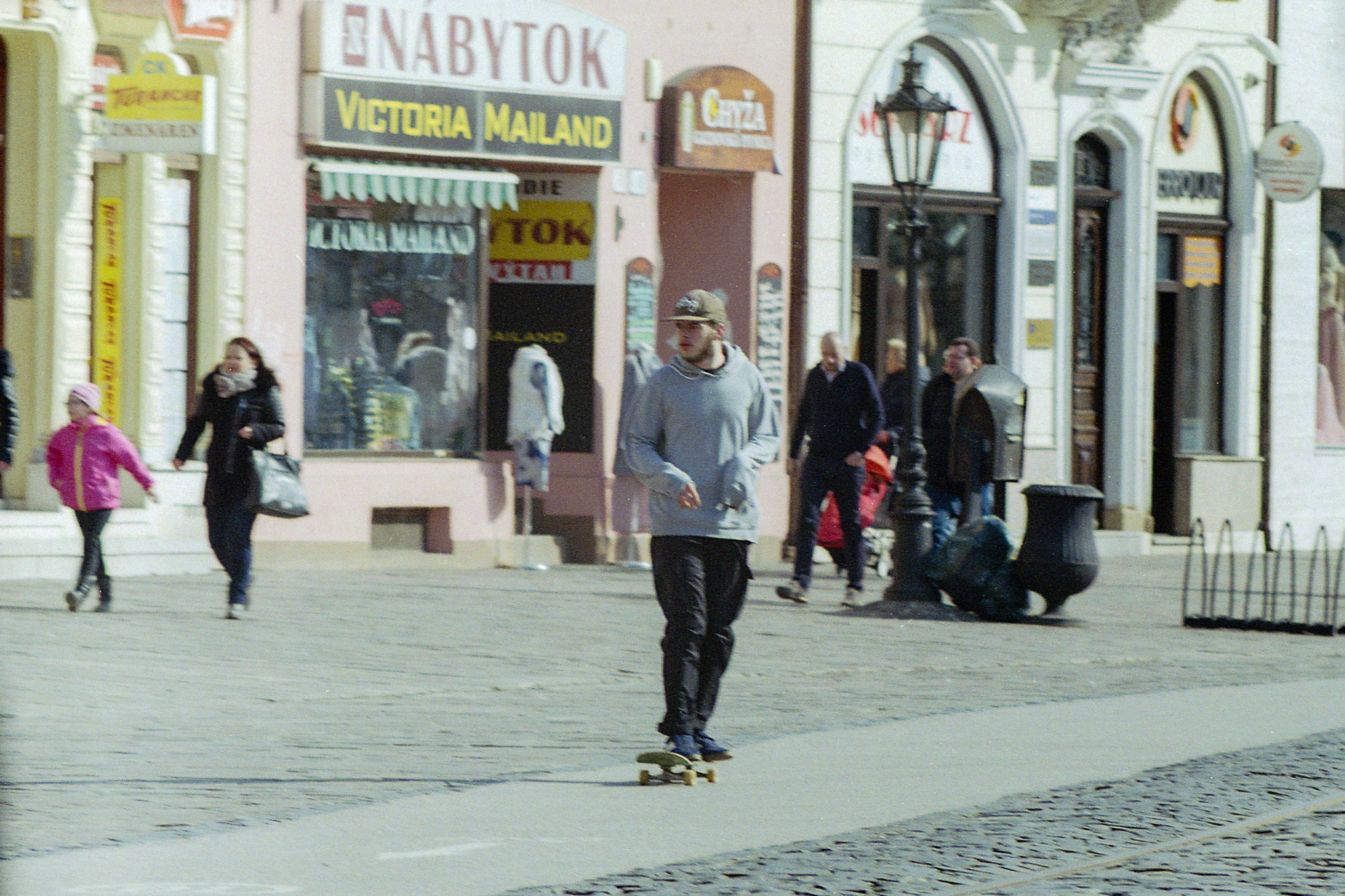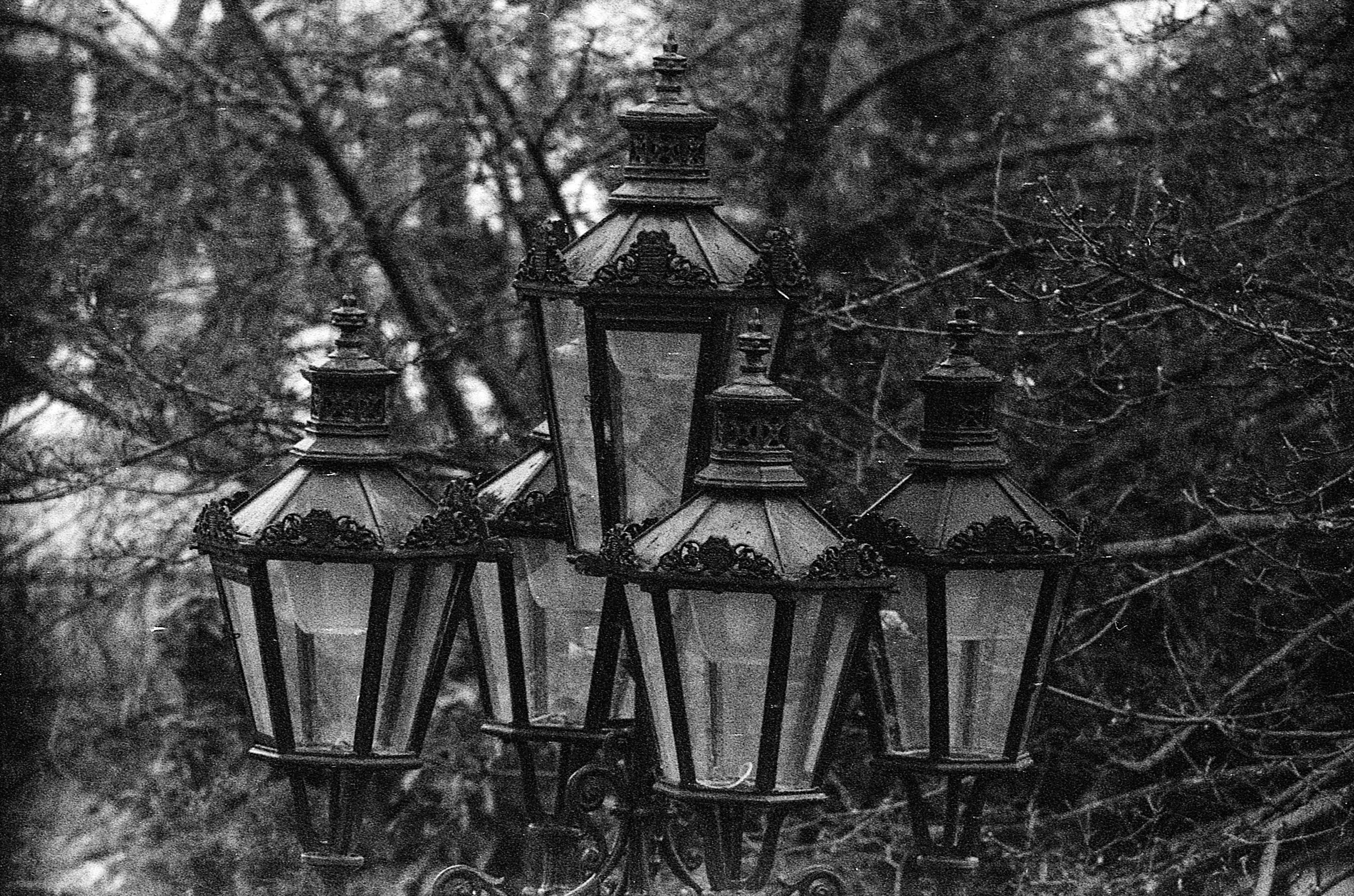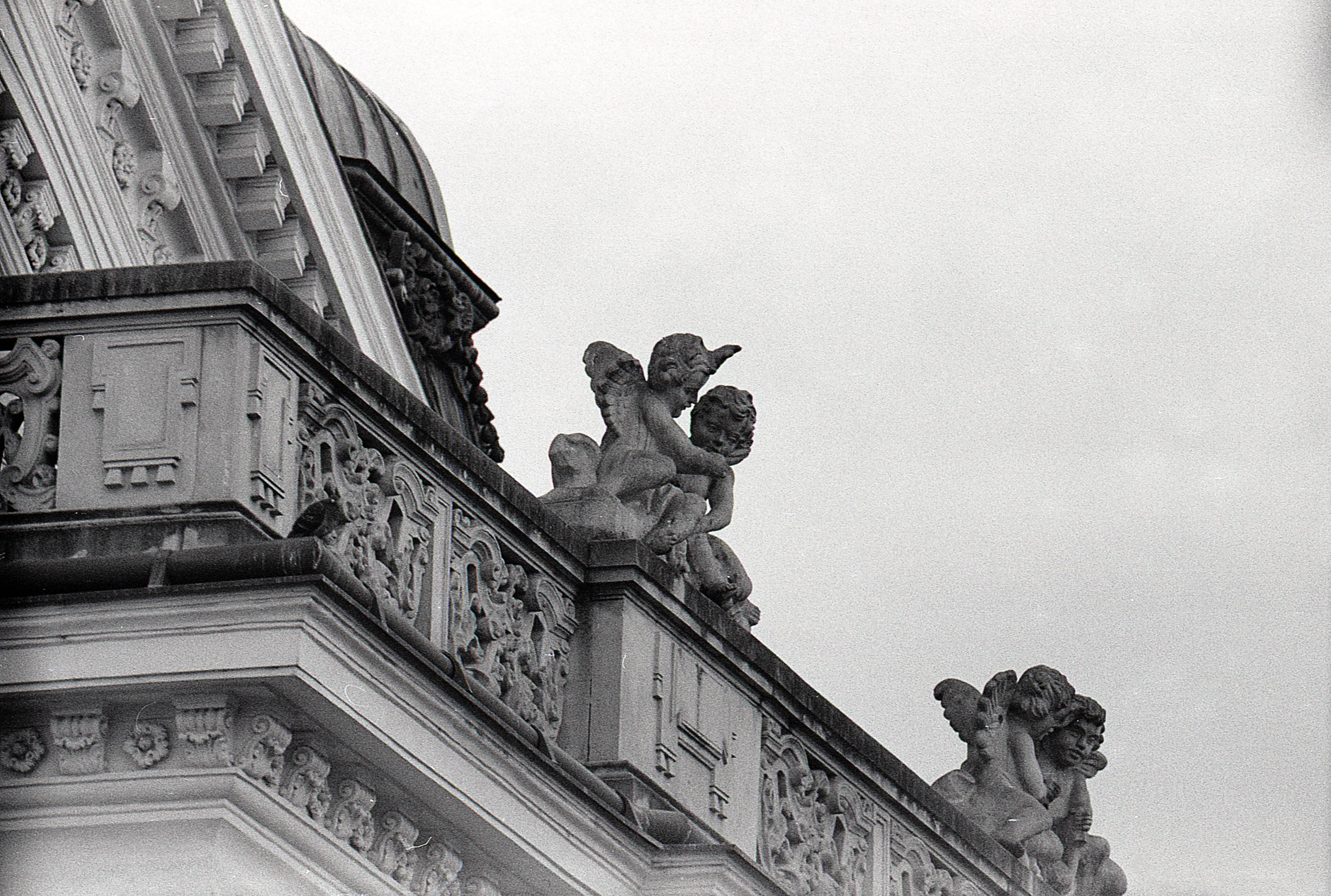
The Zenit Fotosnaiper is camera that will get you shot by the police if you try to use it or detained by the TSA if you try and travel with it. It’s an idea that sounded reasonable to Soviet camera engineers who were used to running around with rifles in the Siberian wilderness, but isn’t such a great plan for a post War on Terror western society.
The KMZ factory at Krasnogorsk made the wildly popular Zenit range of SLRs as well as Zorki rangefinders and a variety of lenses for both those systems. Their big telephoto product was the Tair-3, a monstrously large 300mm f/4.5 prime. This lens was huge and heavy as it had an all cast metal case and several large pieces of glass inside it. An even larger version called the Tair-33 was available for medium format mounts. Anyhow, this lens was a perfect choice for wildlife and sports photographers except for the fact that it was way too heavy to use for any period of time and there was a very real danger of the lens’s weight warping the not-terribly high quality lens mounts of the camera it was attached to. So, some bright spark came up with the Fotosnaiper. A rail mounted both camera and lens with a pistol grip and trigger to make shutter actuation more comfortable. The Zenit 12 camera body was modified to include a second shutter release on the base that could be actuated by a pin that was pushed up when the trigger was pulled. The lens was modified so that the focus control was on a rotary wheel beneath the lens rather than concentric with the body of the lens. That way you could focus without letting go of the heavy end of the whole contraption.
choice for wildlife and sports photographers except for the fact that it was way too heavy to use for any period of time and there was a very real danger of the lens’s weight warping the not-terribly high quality lens mounts of the camera it was attached to. So, some bright spark came up with the Fotosnaiper. A rail mounted both camera and lens with a pistol grip and trigger to make shutter actuation more comfortable. The Zenit 12 camera body was modified to include a second shutter release on the base that could be actuated by a pin that was pushed up when the trigger was pulled. The lens was modified so that the focus control was on a rotary wheel beneath the lens rather than concentric with the body of the lens. That way you could focus without letting go of the heavy end of the whole contraption.
 All of that disassembled and fitted into a metal case with a bunch of accessories. Mine is complete and includes both camera and lens, a second Helios 50mm f/2 lens (the classic Helios 44 that was supplied with almost every Zenit camera), a removable stock, a shoulder strap, a set of filters (UV, orange, 2 different yellows and a green), a rubber lens hood, an m42 lens cap and tools to tighten everything up. In the picture on the left, the two empty clips on the inside of the lid are to hold 135 film canisters, there’s nothing missing.
All of that disassembled and fitted into a metal case with a bunch of accessories. Mine is complete and includes both camera and lens, a second Helios 50mm f/2 lens (the classic Helios 44 that was supplied with almost every Zenit camera), a removable stock, a shoulder strap, a set of filters (UV, orange, 2 different yellows and a green), a rubber lens hood, an m42 lens cap and tools to tighten everything up. In the picture on the left, the two empty clips on the inside of the lid are to hold 135 film canisters, there’s nothing missing.

Other than the fotosnaiper elements, the Zenit 12 is a fairly unremarkable late Soviet 35mm SLR. It’s essentially an improved version of the ubiquitous Zenit-E with TTL metering that requires a battery to operate. If there’s no battery, the rest of the camera works just fine, you’ll just have to guess at the exposure or use an external meter. There’s a cable that connects the 300mm lens with the metering unit to provide open aperture TTL metering with the long lens. No other lens has this connection however. As with previous Zenits, there’s no automatic diaphragm control so the 300mm lens has a rather awkward solution to the problem of needing to take one hand off the ‘rifle’ in order to open and close the aperture manually. It has a spring loaded ring on the lens barrel which you ‘cock’ to hold it wide open for focussing and which can be released by a small lever underneath the lens. This stops the aperture down to whatever you had previously selected via the usual lens ring. It does make rather a lot of noise doing so however, so let’s hope you were a long way away from whatever you were trying to photograph otherwise it will have taken off by the time you pull the trigger.
Ergonomically, it’s a bit of a disaster despite the rifle stock. It’s still very heavy and your left hand quickly gets tired supporting the weight of the thing. The size of the lens barrel also requires you to hold it with your thumb spread wide, which isn’t comfortable for very long and the focus dial is hard to turn. The metering is triggered by a half press of the shutter release but this only works for the top shutter release, there’s no way to half pull the trigger on the rifle part to meter, you either pull it and take the shot or don’t. This means that when you are trying to find the correct exposure, you’re going to be taking one hand off the rifle stock to fiddle with the top plate and check the meter continually. It’s not too bad if you are shooting in consistent light but if you are continually moving from light to shade (like being in a forest for example…) then it’s awkward and frustrating. This makes it very hard to maintain the composition or track a subject while adjusting settings.

